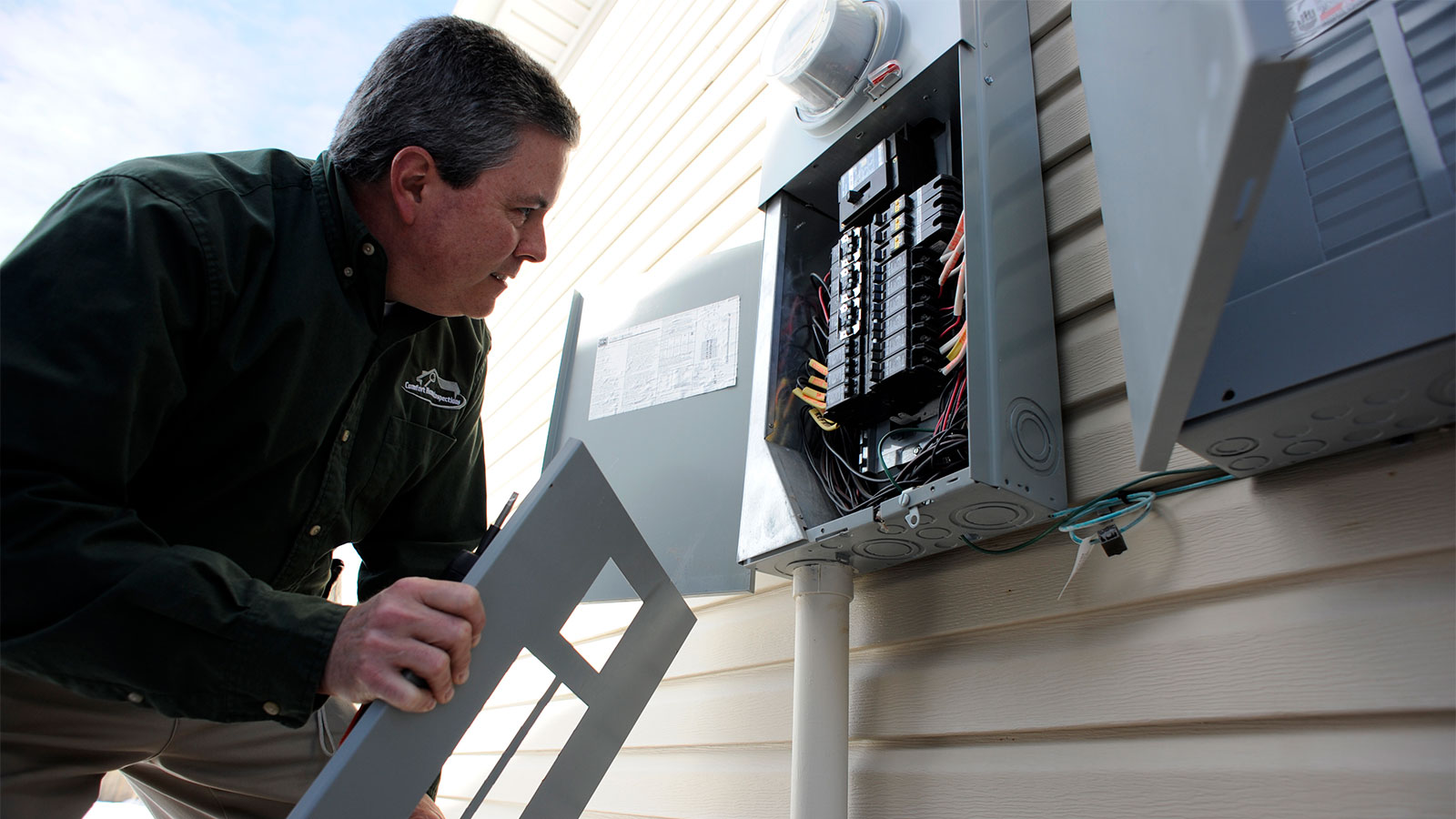

Articles
Where Are Circuit Breakers Located
Modified: December 7, 2023
Discover the location of circuit breakers in this informative article. Find out where circuit breakers are typically installed and how to locate them in your home.
(Many of the links in this article redirect to a specific reviewed product. Your purchase of these products through affiliate links helps to generate commission for Storables.com, at no extra cost. Learn more)
Introduction
Circuit breakers are crucial components of electrical systems as they help protect against electrical overloads and short circuits. They are designed to automatically interrupt the flow of electricity when a fault is detected, preventing excessive current from damaging the electrical equipment or causing a fire.
Understanding the location of circuit breakers is essential for any homeowner, business owner, or electrician. Knowing where circuit breakers are located is not only important for routine maintenance and troubleshooting but also for safety reasons.
In this article, we will explore the common locations for circuit breakers in various types of buildings, including residential, commercial, and industrial. We will also touch on outdoor installations and provide additional considerations for circuit breaker placement.
So, whether you are looking to learn more about circuit breakers or need to locate them in your own building, this article will provide you with valuable insights.
Key Takeaways:
- Knowing the specific locations of circuit breakers in residential, commercial, and industrial buildings is crucial for efficient maintenance, troubleshooting, and ensuring the safety and functionality of the electrical infrastructure.
- Considerations such as clearance space, accessibility, load balancing, and protection from environmental factors are essential when placing circuit breakers. Compliance with local electrical codes and regulations is crucial for safety and adherence to standards.
Read more: Where Are AFCI Breakers Required
Understanding Circuit Breakers
Before we delve into the common locations for circuit breakers, it’s important to have a basic understanding of how they work and their main components.
A circuit breaker is essentially a switch that can be manually operated or automatically triggered to interrupt the flow of electric current. The key component of a circuit breaker is the tripping mechanism, which is responsible for detecting faults and initiating the interruption.
When a fault occurs, such as an overload or a short circuit, the tripping mechanism detects the abnormal current flow and rapidly opens the circuit by moving the switch to the “off” position. This action prevents the excessive current from damaging the electrical system or causing a hazardous situation.
Circuit breakers come in different types, such as thermal, magnetic, and thermal-magnetic, each with its own unique tripping mechanism. Thermal circuit breakers rely on the heating effect of the current to trigger the tripping mechanism, while magnetic circuit breakers detect sudden changes in current and react accordingly.
It’s worth noting that circuit breakers have a predetermined current rating, known as the ampere rating, which indicates the maximum current they can safely handle. This rating is an important consideration when selecting and installing circuit breakers to ensure they are appropriately sized for the electrical load they will be protecting.
Now that we have covered the basics of circuit breakers, let’s explore the common locations you can expect to find them in different types of buildings.
Common Locations for Circuit Breakers
The specific locations of circuit breakers can vary depending on the type of building and its electrical layout. However, there are some general areas where you can typically find circuit breakers in residential, commercial, and industrial buildings.
In Residential Buildings:
- Main Electrical Panel: In most residential buildings, the circuit breakers are located in the main electrical panel, also known as the breaker box or distribution board. This panel is usually located in a utility room, basement, or garage. It houses the circuit breakers for the entire house and is the central hub for controlling the electrical circuits.
- Subpanels: In larger residential properties or houses with extensive electrical needs, additional subpanels may be installed. These subpanels are smaller versions of the main electrical panel and are typically located in different areas of the house, such as the kitchen, laundry room, or second floor. They provide localized control and distribution of electricity.
- Specialized Rooms: In certain residential buildings, such as those with dedicated home offices, workshops, or entertainment rooms, you may find circuit breakers located specifically for those areas. This allows for easier control and troubleshooting of the electrical circuits in those spaces.
In Commercial Buildings:
- Electrical Room: Commercial buildings often have a dedicated electrical room or equipment closet where the main electrical panel is located. This room is typically located in a utility area or an out-of-the-way space where it can be easily accessed for maintenance and repairs.
- Distribution Centers: Larger commercial buildings may have multiple distribution centers located strategically throughout the premises. These distribution centers serve as localized hubs for circuit breakers, allowing for easier control and distribution of electricity to different areas of the building.
- Machine Rooms: In commercial buildings with heavy machinery or specialized equipment, separate circuit breakers may be installed in machine rooms or equipment rooms. This ensures that the electrical circuits powering the machinery can be easily isolated and controlled.
In Industrial Buildings:
- Power Distribution Room: Industrial buildings commonly feature a dedicated power distribution room where the main electrical panels, switchgear, and circuit breakers are housed. This room is often located in a secure area away from the main production floors for safety and maintenance purposes.
- Control Rooms: In industrial facilities with complex control systems, such as manufacturing plants or chemical refineries, circuit breakers may be found in control rooms. These rooms provide operators with centralized control and monitoring capabilities for the electrical systems.
- Hazardous Areas: In certain industrial environments where explosive or hazardous materials are present, specialized circuit breakers and electrical equipment are used. These are typically located in designated hazardous areas and are designed to comply with stringent safety standards.
It’s important to remember that the locations mentioned above are general guidelines, and the actual placement of circuit breakers may vary depending on the specific building design and electrical requirements.
Now that we have explored the common locations for circuit breakers, let’s discuss additional considerations for their placement.
Residential Buildings
In residential buildings, circuit breakers are typically located in the main electrical panel, also known as the breaker box or distribution board. This panel serves as the central hub for controlling and distributing electricity throughout the house.
The main electrical panel is usually located in a utility room, basement, or garage. It is strategically positioned to provide easy access for homeowners and electricians. It is important for the panel to be easily accessible in case of emergencies or troubleshooting.
Within the main electrical panel, you will find individual circuit breakers that correspond to different electrical circuits in your home. Each circuit breaker is responsible for protecting a specific set of electrical outlets, lighting fixtures, or appliances.
For larger residential properties or houses with extensive electrical needs, additional subpanels may be installed. These subpanels are smaller versions of the main electrical panel and are typically located in different areas of the house.
For example, you might find a subpanel in the kitchen, laundry room, or second floor. These subpanels provide localized control and distribution of electricity for specific areas or floors of the house.
In some cases, you may also find specialized circuit breakers for dedicated areas or rooms in the house. This is common in homes that have a dedicated home office, workshop, or entertainment room. By having separate circuit breakers for these areas, it becomes easier to control and troubleshoot the electrical circuits in those spaces.
It is important to note that the specific locations of circuit breakers in residential buildings can vary depending on factors such as the size of the property, the electrical load, and the electrical layout of the house.
Having a basic understanding of the circuit breaker layout in your residential building is valuable for routine maintenance and troubleshooting. In case of a power outage or electrical issue, knowing where to locate and check the circuit breakers can help you identify and resolve the problem more efficiently.
Next, we will explore the common locations for circuit breakers in commercial buildings.
Commercial Buildings
Commercial buildings have their own unique electrical systems, and circuit breakers are an integral part of ensuring electrical safety and managing power distribution. Let’s take a closer look at the common locations for circuit breakers in commercial buildings.
Commercial buildings often have a dedicated electrical room or equipment closet where the main electrical panel is located. This room is typically located in a utility area or an out-of-the-way space that allows for easy access and maintenance.
Within the electrical room, you will find the main electrical panel, which houses the circuit breakers responsible for controlling and distributing electricity throughout the building. The main electrical panel in commercial buildings is usually larger and more robust compared to those in residential buildings.
In larger commercial buildings, multiple distribution centers may be strategically placed throughout the premises. These distribution centers serve as localized hubs for circuit breakers, allowing for easier control and distribution of electricity to different areas of the building.
For example, you might find a distribution center on each floor or in different sections of the building. This setup eliminates the need for long electrical wiring runs and provides more convenient access to circuit breakers for maintenance and troubleshooting purposes.
In commercial buildings with heavy machinery or specialized equipment, separate circuit breakers may be installed in machine rooms or equipment rooms. This ensures that the electrical circuits powering the machinery can be easily isolated, controlled, and safeguarded.
In addition to these locations, you may also find circuit breakers in control rooms. Control rooms are common in industrial facilities and larger commercial buildings with complex control systems. These rooms provide operators with centralized control and monitoring capabilities for the electrical systems.
It is worth noting that the specific locations of circuit breakers in commercial buildings can vary depending on the size, complexity, and specific requirements of the building. The electrical layout and design are carefully planned to meet the power needs of the different commercial operations taking place within the building.
Understanding the locations of circuit breakers in commercial buildings is important for facility managers, electricians, and maintenance personnel. It ensures that routine inspections, maintenance, and troubleshooting can be carried out efficiently, helping to minimize downtime and maintain a safe working environment.
Next, we will explore circuit breaker locations in industrial buildings.
Circuit breakers are typically located in the main electrical panel of a home or building. Look for a metal box with a hinged door, often found in a garage, basement, or utility room.
Read more: Where Are Arc Fault Breakers Required?
Industrial Buildings
Industrial buildings have complex electrical systems due to the nature of their operations and the heavy machinery and equipment they house. Circuit breakers are critical components for protecting these electrical systems and ensuring the safety and efficiency of industrial processes.
In industrial buildings, you will commonly find a dedicated power distribution room where the main electrical panels, switchgear, and circuit breakers are housed. This room is often located in a secure area away from the main production floors to enhance safety and facilitate maintenance.
The power distribution room serves as the centralized hub for controlling and distributing electricity throughout the industrial facility. It houses the main electrical panels, which contain the circuit breakers responsible for protecting the electrical circuits and equipment in the building.
In addition to the power distribution room, you may also find circuit breakers in control rooms. Control rooms are particularly common in industrial facilities with complex control systems, such as manufacturing plants or chemical refineries.
Control rooms provide operators with centralized control and monitoring capabilities for the electrical systems. Having circuit breakers located in control rooms allows for quick response and intervention in case of system abnormalities or failures.
In certain industrial environments where explosive or hazardous materials are present, specialized circuit breakers and electrical equipment are used. These hazardous areas require strict adherence to safety regulations and require circuit breakers specifically designed for such environments.
These specialized circuit breakers in hazardous areas are often constructed with explosion-proof or flame-resistant features to mitigate the risks associated with potential electrical faults.
It is important for industrial building owners, facility managers, and electricians to have a thorough understanding of the circuit breaker locations in industrial buildings. This knowledge enables them to effectively maintain and troubleshoot the electrical systems, ensuring the smooth operation of the facility and the safety of employees.
As we have explored the common locations for circuit breakers in residential, commercial, and industrial buildings, it is important to note that specific properties may have unique electrical layouts and requirements. Therefore, it is always advisable to consult with a professional electrician or refer to the building’s electrical blueprints for accurate information regarding circuit breaker locations.
In the next section, we will discuss circuit breaker installations in outdoor environments.
Outdoor Installations
In addition to being installed in indoor settings, circuit breakers can also be found in outdoor installations where electrical power is required. These outdoor installations have specific considerations to ensure the safety and functionality of the electrical systems.
Outdoor circuit breakers are commonly found in a variety of settings, including residential, commercial, and industrial applications. Here are a few examples:
- Utility Poles: In residential areas, you may often see circuit breakers mounted on utility poles. These circuit breakers protect overhead power lines and control the electrical supply to individual homes or groups of homes.
- Transformers: Outdoor transformers, which are responsible for stepping down high voltage to a useable level, often incorporate circuit breakers as part of their design. These circuit breakers serve to protect the transformer and the associated electrical equipment from overload or short circuit situations.
- Mobile Power Distribution: Temporary outdoor events such as festivals, construction sites, or film sets often require mobile power distribution units. These units typically include circuit breakers to protect against electrical faults and provide a safe power supply.
When it comes to outdoor installations, it is crucial to select circuit breakers specifically designed and rated for outdoor use. These circuit breakers are built to withstand harsh outdoor conditions, including temperature variations, moisture, and UV exposure.
Circuit breakers for outdoor installations are typically housed in weatherproof enclosures or cabinets that provide protection against the elements. These enclosures are designed to keep the circuit breakers and electrical connections secure, dry, and safe from accidental damage.
In some cases, outdoor circuit breakers may be equipped with additional features such as ground fault circuit interrupters (GFCIs) or arc fault circuit interrupters (AFCIs) to provide enhanced protection against electrical hazards in outdoor environments.
Proper installation of outdoor circuit breakers is crucial to ensure their effectiveness and longevity. They should be installed by qualified electricians in accordance with local electrical codes and regulations.
Regular maintenance and inspection of outdoor circuit breakers are also essential to keep them in proper working condition. This includes checking for any signs of damage, ensuring proper connections, and testing their functionality.
By understanding and considering the specific requirements of outdoor installations, you can ensure the efficient and safe operation of electrical systems in outdoor environments.
Now that we have covered the common locations for circuit breakers in various types of buildings, including outdoor installations, let’s discuss some additional considerations for circuit breaker placement.
Additional Considerations for Circuit Breaker Placement
When it comes to placing circuit breakers, there are several important factors to consider to ensure optimal functionality, accessibility, and safety. Here are some additional considerations to keep in mind:
- Clearance Space: Circuit breakers should have adequate clearance space around them to allow for proper ventilation and cooling. This is particularly important in areas where circuit breakers are located in confined spaces or cabinets. Sufficient clearance space helps prevent overheating and ensures effective operation.
- Visibility and Accessibility: It is crucial to place circuit breakers in areas where they are easily visible and accessible for maintenance and troubleshooting purposes. Circuit breakers should not be obstructed by objects or located in hard-to-reach areas. This ensures that they can be quickly identified, inspected, and operated when needed.
- Labeling and Documentation: Proper labeling and documentation of circuit breakers are essential for easy identification and understanding of the electrical distribution system. Each circuit breaker should be labeled to indicate its corresponding electrical circuit or area served. This helps electricians and maintenance personnel locate and isolate specific circuits quickly.
- Load Balancing: When placing circuit breakers, it is important to consider load balancing. Distributing electrical loads evenly across circuits helps prevent overloading and ensures a more efficient use of electrical power. Load calculations should be done to ensure that the circuit breakers are appropriately sized to handle the electrical demand.
- Protection from Environmental Factors: In certain environments, such as outdoor or harsh industrial settings, additional protection may be necessary to safeguard circuit breakers from dust, moisture, chemicals, or extreme temperatures. This can be achieved through the use of specialized enclosures or cabinets that provide adequate environmental protection.
It is also essential to comply with local electrical codes and regulations when determining the placement of circuit breakers. These codes specify requirements for electrical panel location, clearances, grounding, and other safety considerations.
Furthermore, when installing circuit breakers in existing buildings or during renovations, it is important to work with a qualified electrician to ensure compliance and to avoid any potential hazards or code violations.
By carefully considering these additional factors and following best practices for circuit breaker placement, you can optimize the functionality, accessibility, and safety of your electrical systems.
Now that we have discussed various considerations for circuit breaker placement, let’s conclude the article.
Conclusion
Circuit breakers play a vital role in protecting electrical systems from overloads, short circuits, and other electrical faults. Knowing the common locations of circuit breakers in different types of buildings can be beneficial for homeowners, business owners, and electricians.
In residential buildings, circuit breakers are typically found in the main electrical panel and may also be present in subpanels or specialized rooms. This allows for convenient control and troubleshooting of specific electrical circuits or areas within the house.
Commercial buildings often have a dedicated electrical room or equipment closet housing the main electrical panel and distribution centers. This layout enables efficient control and distribution of electricity to different areas of the building, as well as easy maintenance and troubleshooting.
Industrial buildings typically feature a power distribution room and may include circuit breakers in control rooms. These locations centralize the electrical control and monitoring systems, ensuring safe and efficient operation of heavy machinery and equipment.
Outdoor installations, such as utility poles, transformers, and mobile power distribution units, also require circuit breakers designed for outdoor use. These circuit breakers are housed in weatherproof enclosures to withstand the elements and protect against electrical faults.
When placing circuit breakers, it is important to consider factors like clearance space, accessibility, visibility, load balancing, and protection from environmental factors. Additionally, compliance with local electrical codes and regulations is crucial to ensure safety and adherence to standards.
By understanding the common locations and considerations for circuit breaker placement, you can effectively maintain, troubleshoot, and protect your electrical system, ensuring the safety and functionality of your building’s electrical infrastructure.
Remember to consult with qualified electricians or refer to official electrical plans when determining the specific locations of circuit breakers in your building.
Having a solid understanding of circuit breakers and their placement will empower you to make informed decisions regarding your electrical systems and contribute to a safe and efficient environment.
Whether you are a homeowner, building owner, or electrician, the knowledge gained from this article will serve as a valuable resource in your electrical journey.
Frequently Asked Questions about Where Are Circuit Breakers Located
Was this page helpful?
At Storables.com, we guarantee accurate and reliable information. Our content, validated by Expert Board Contributors, is crafted following stringent Editorial Policies. We're committed to providing you with well-researched, expert-backed insights for all your informational needs.
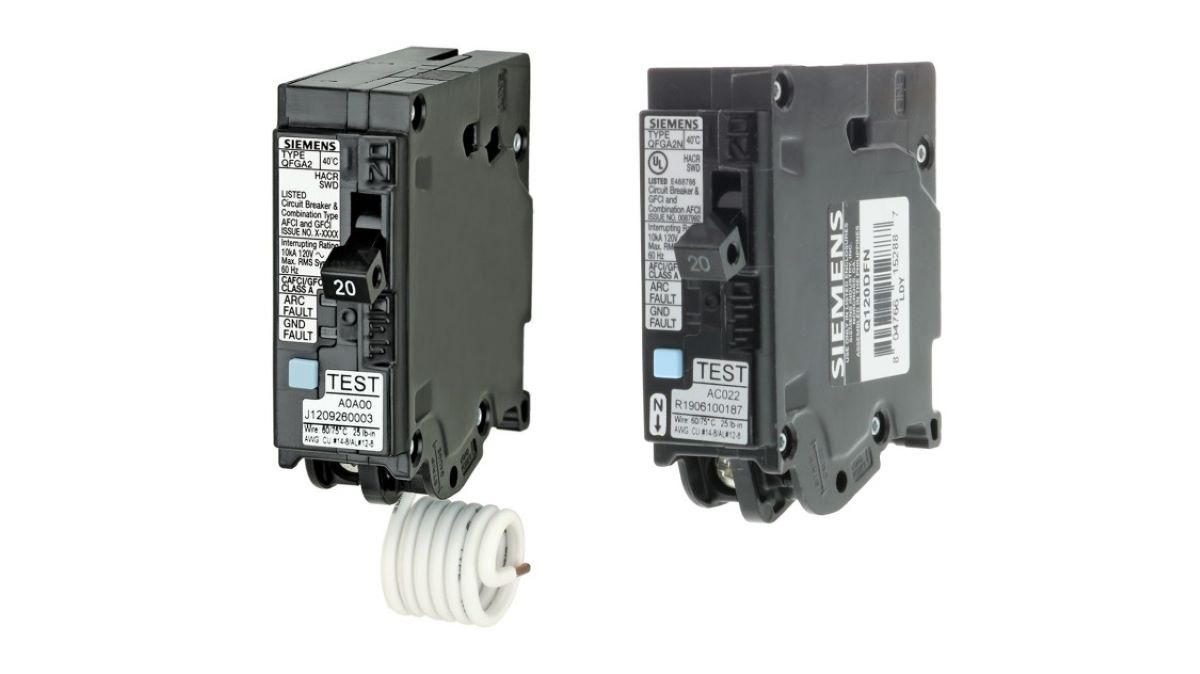
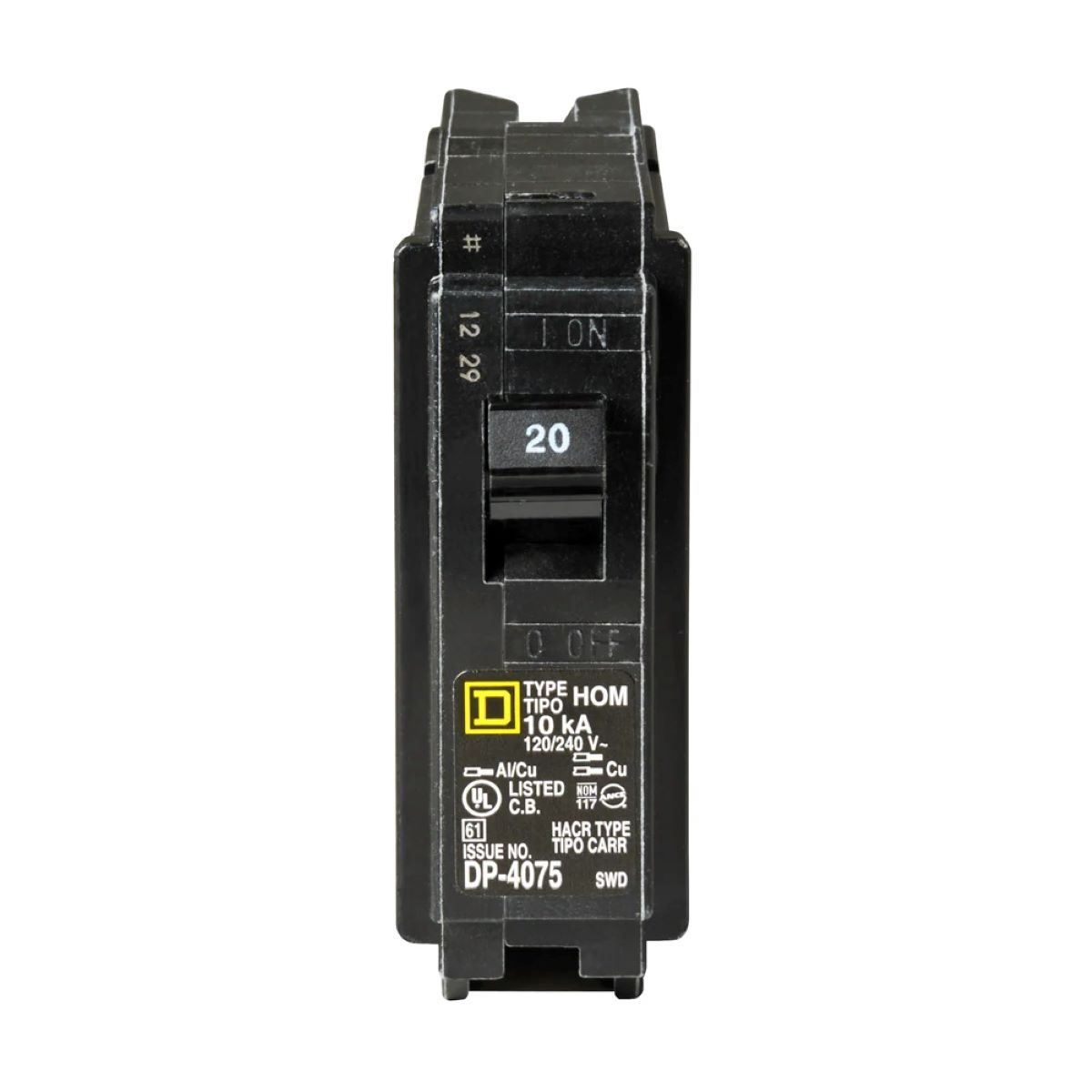
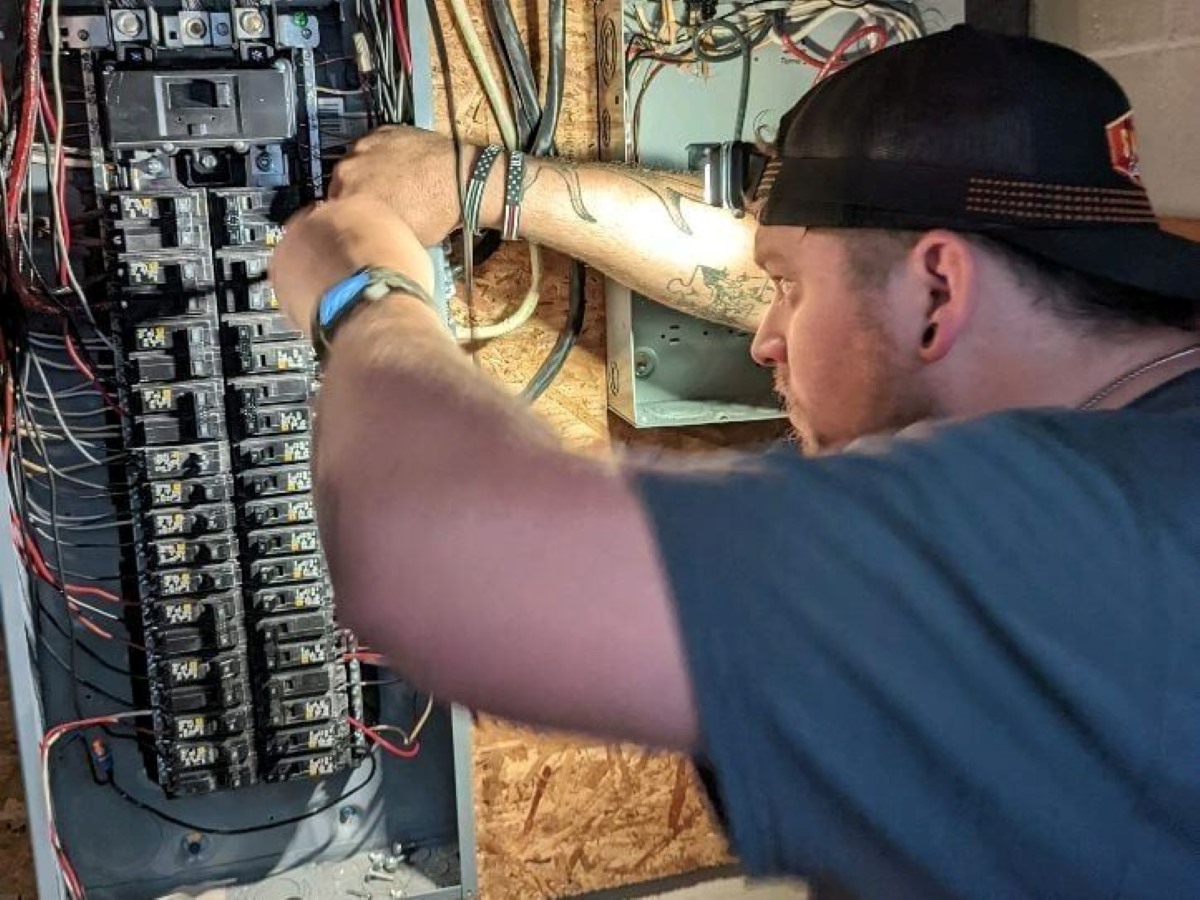
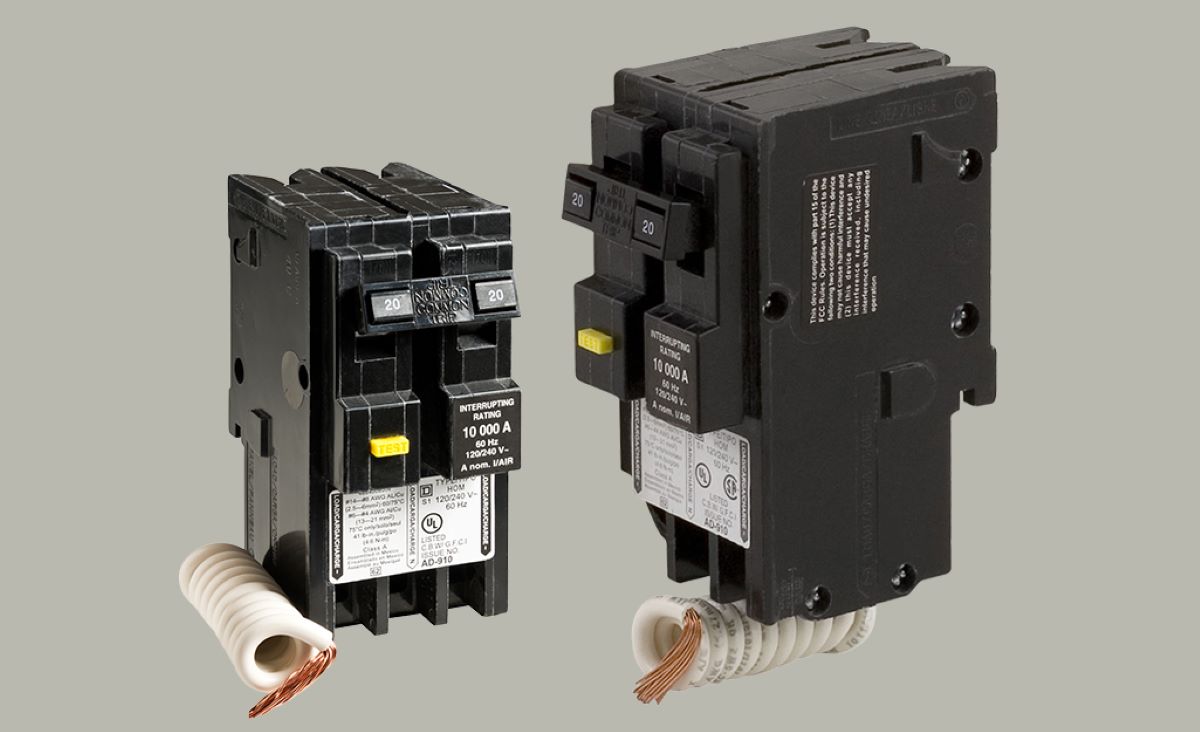
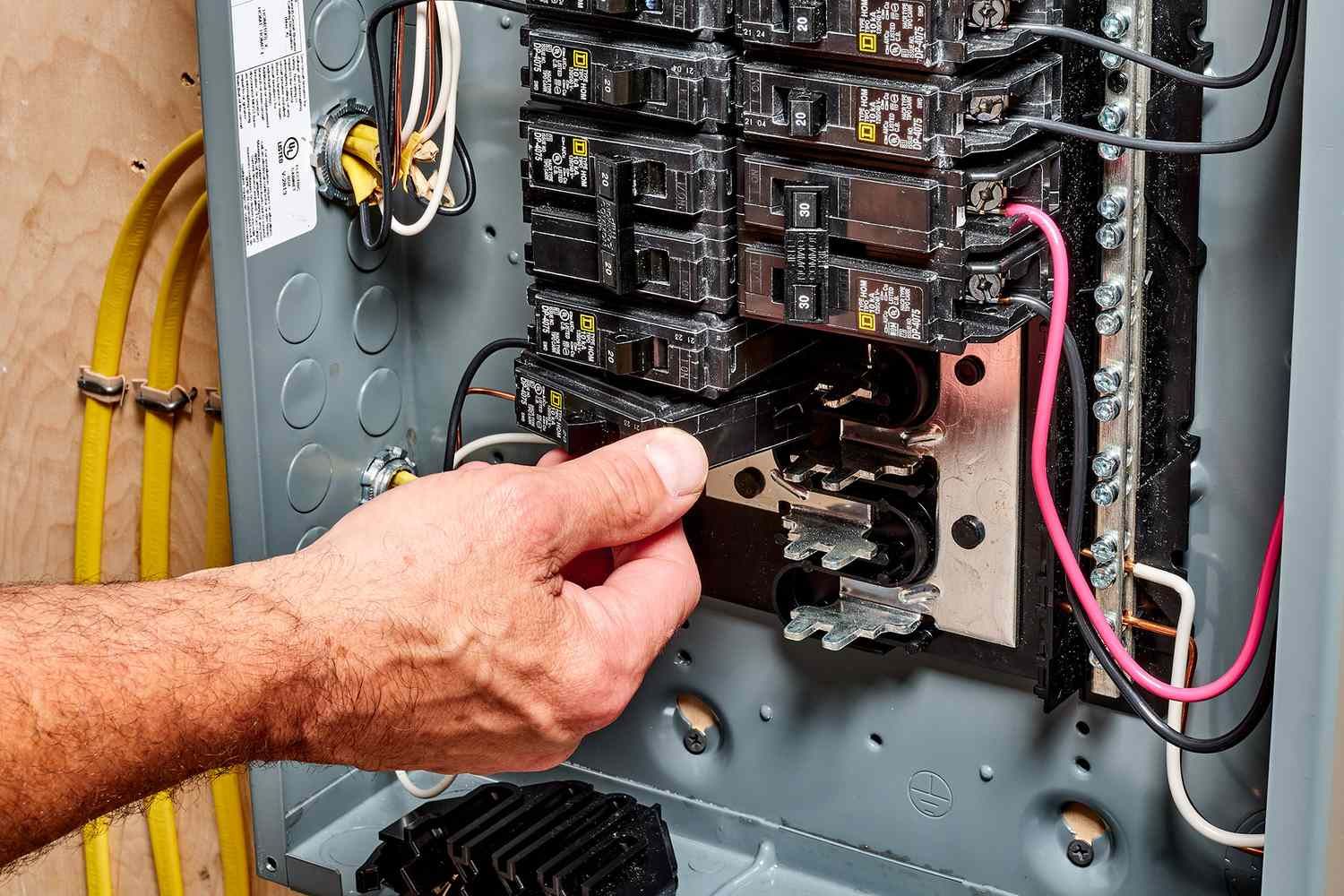
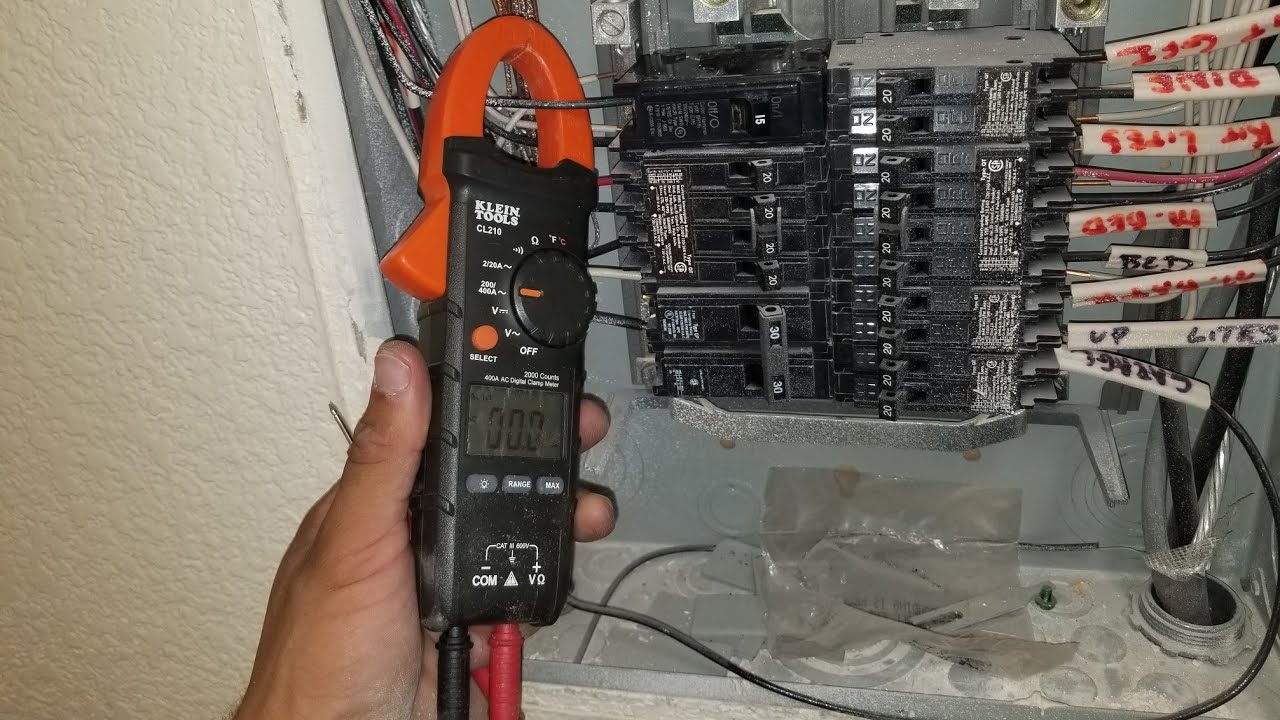
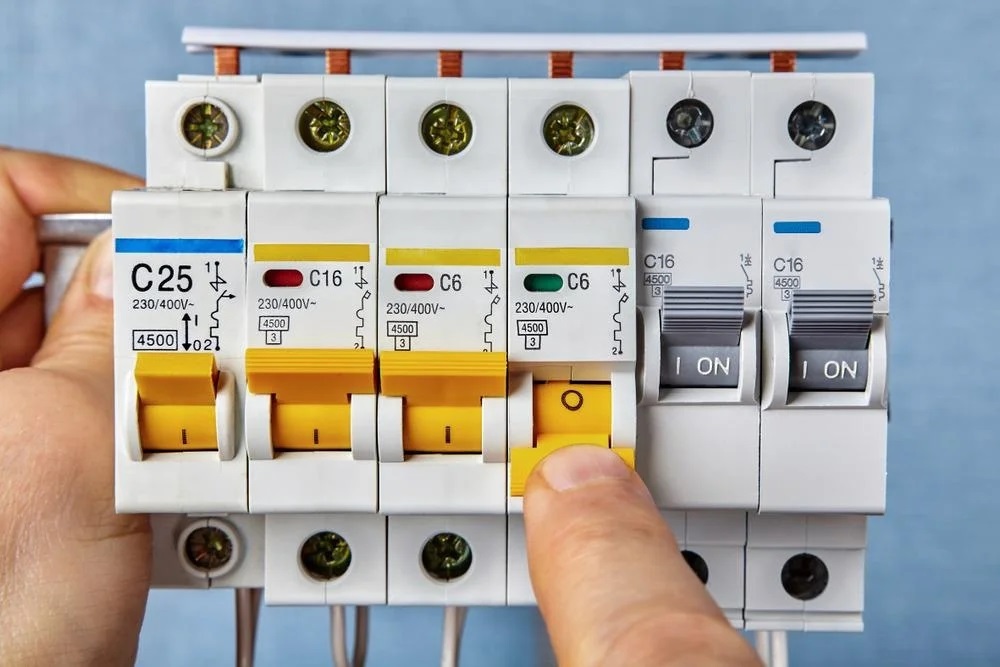
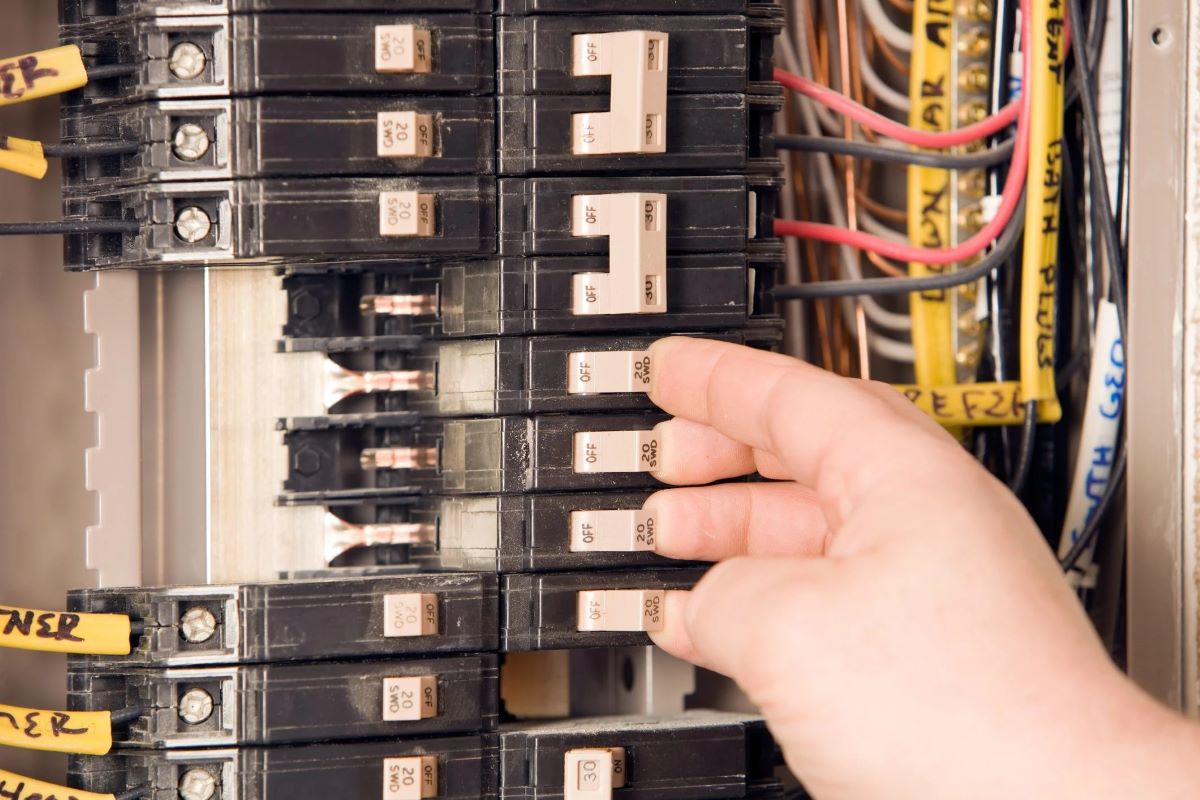
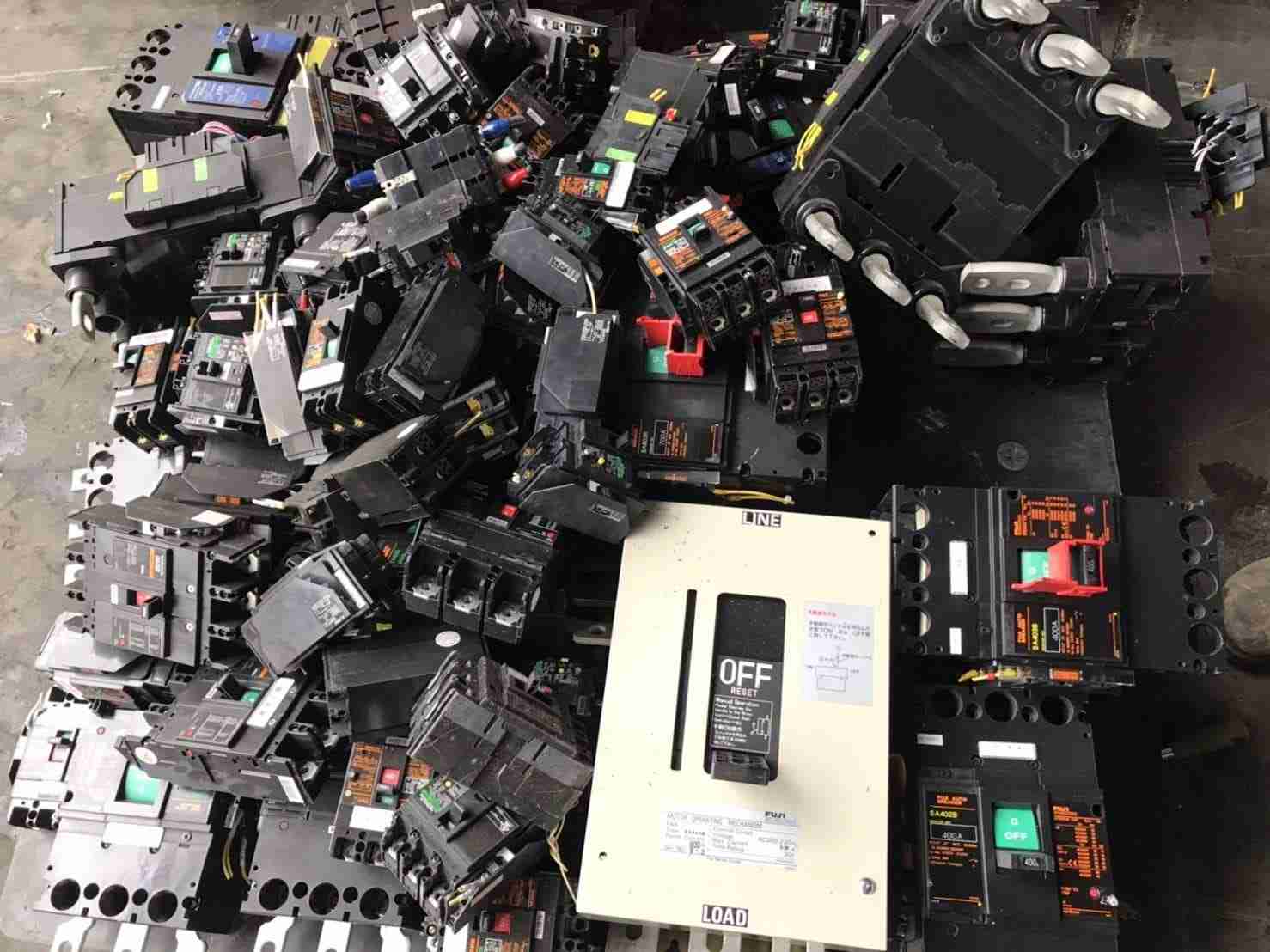
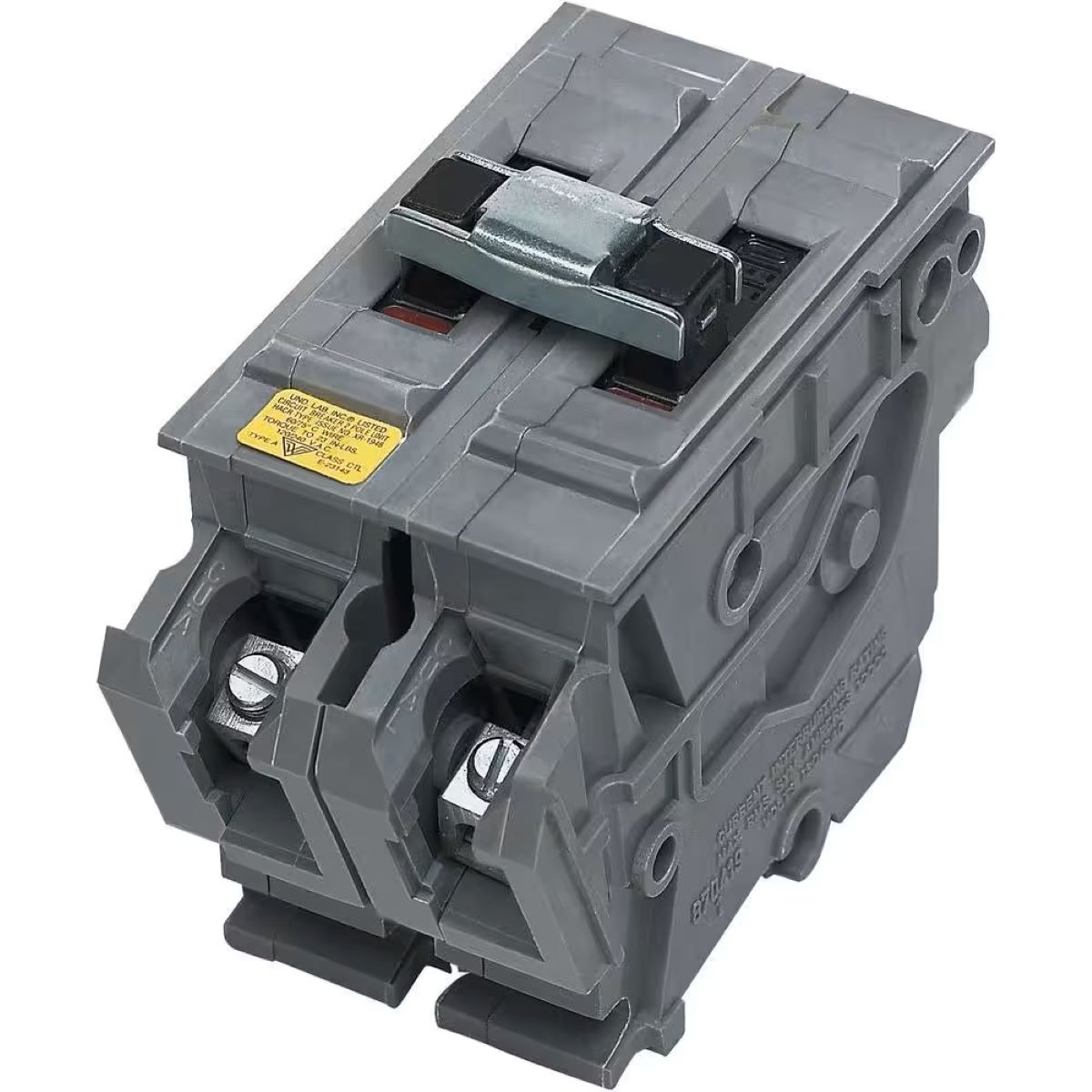
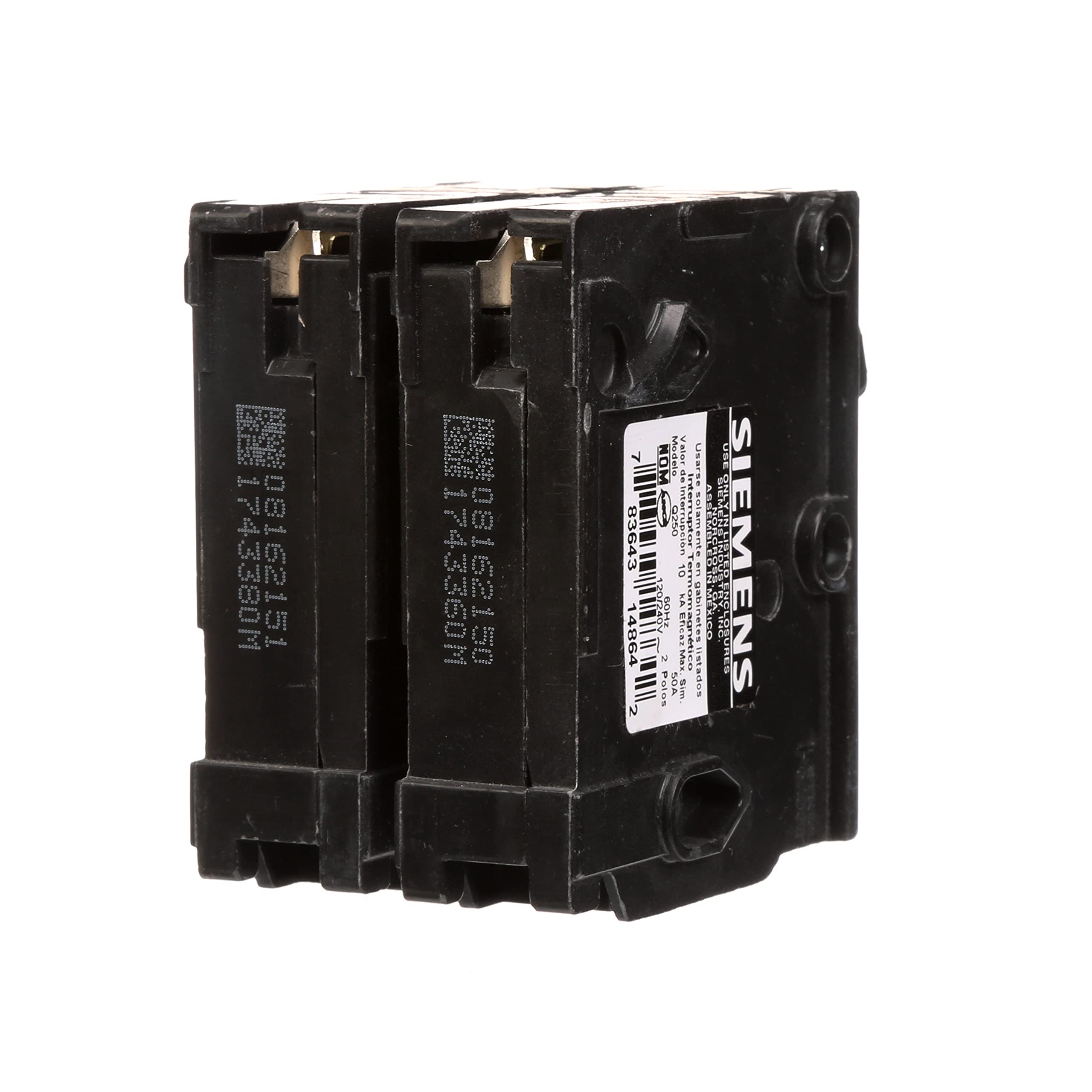
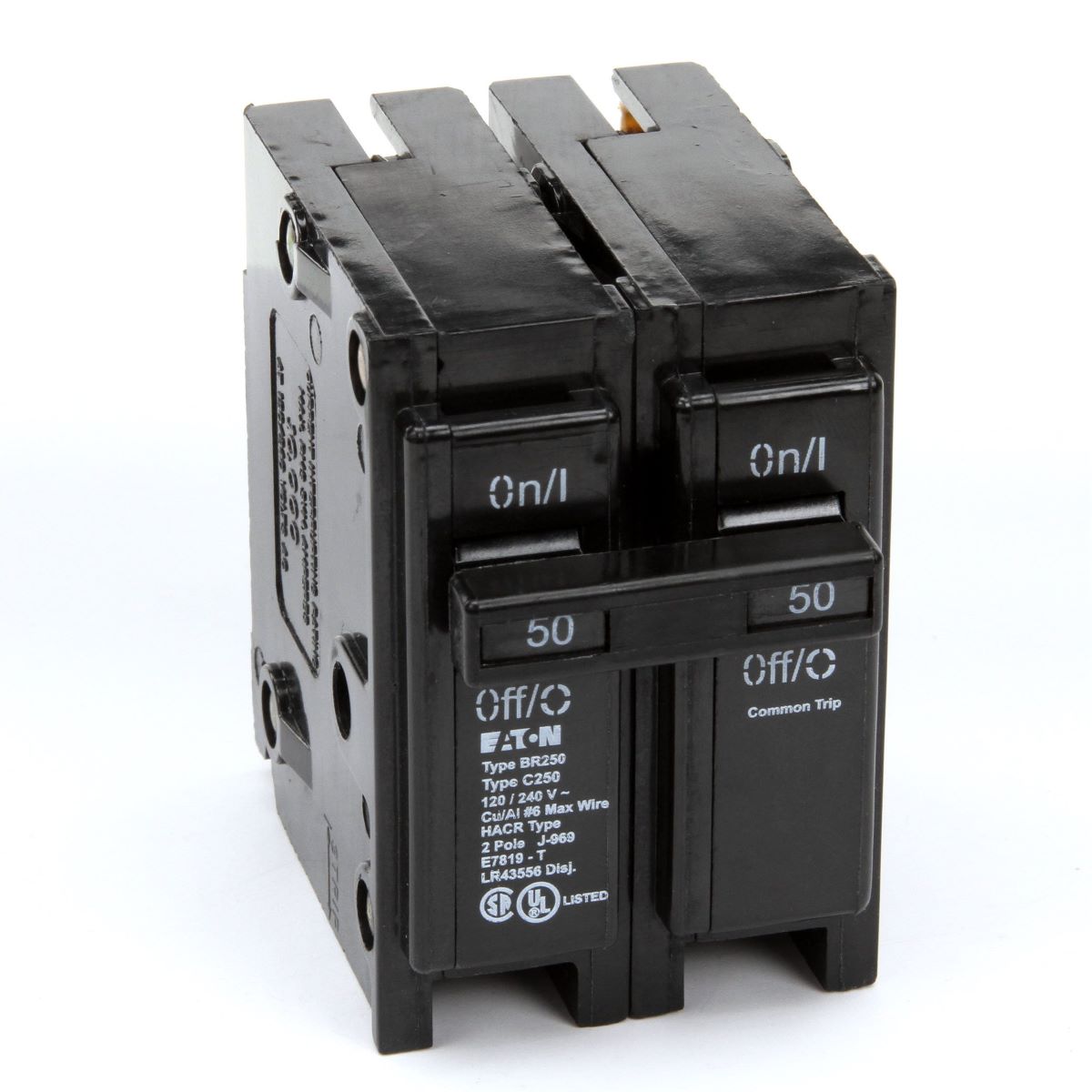
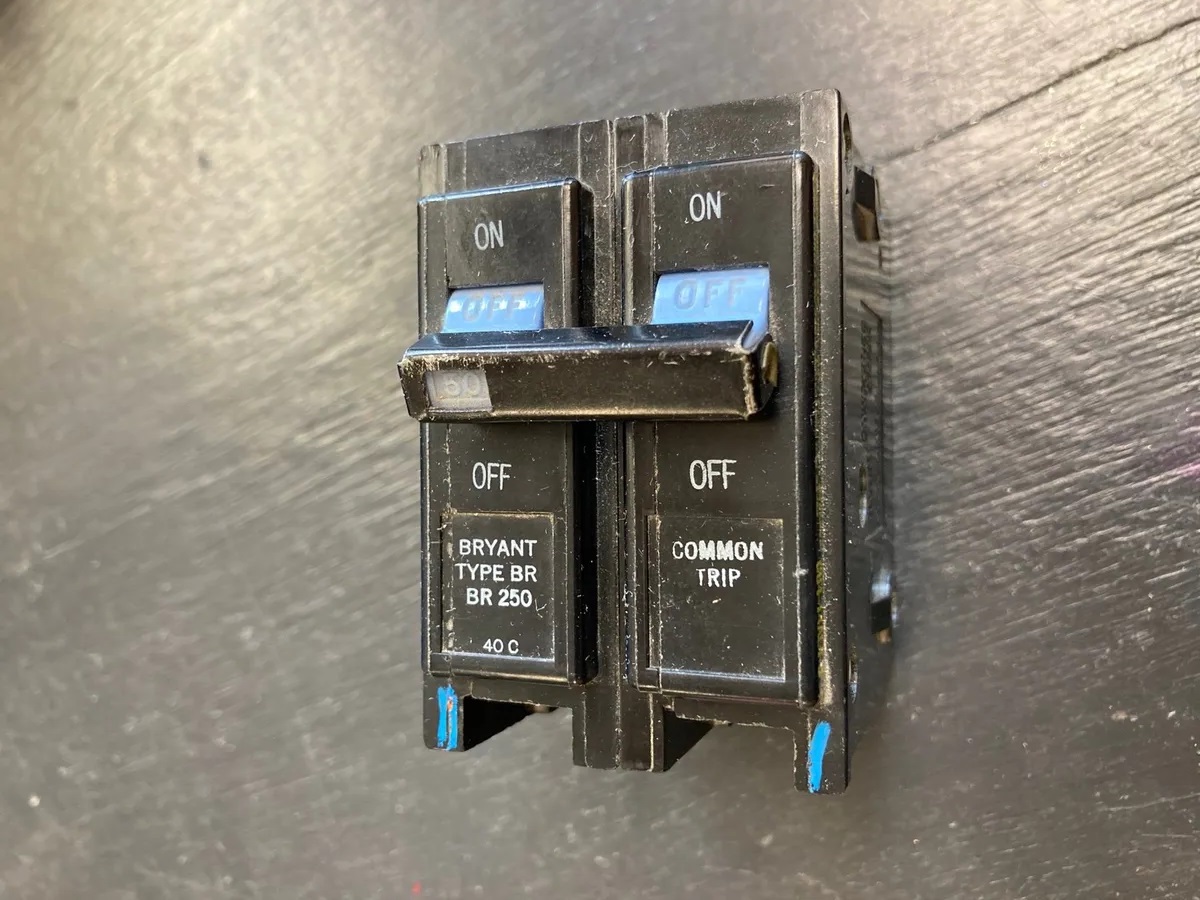
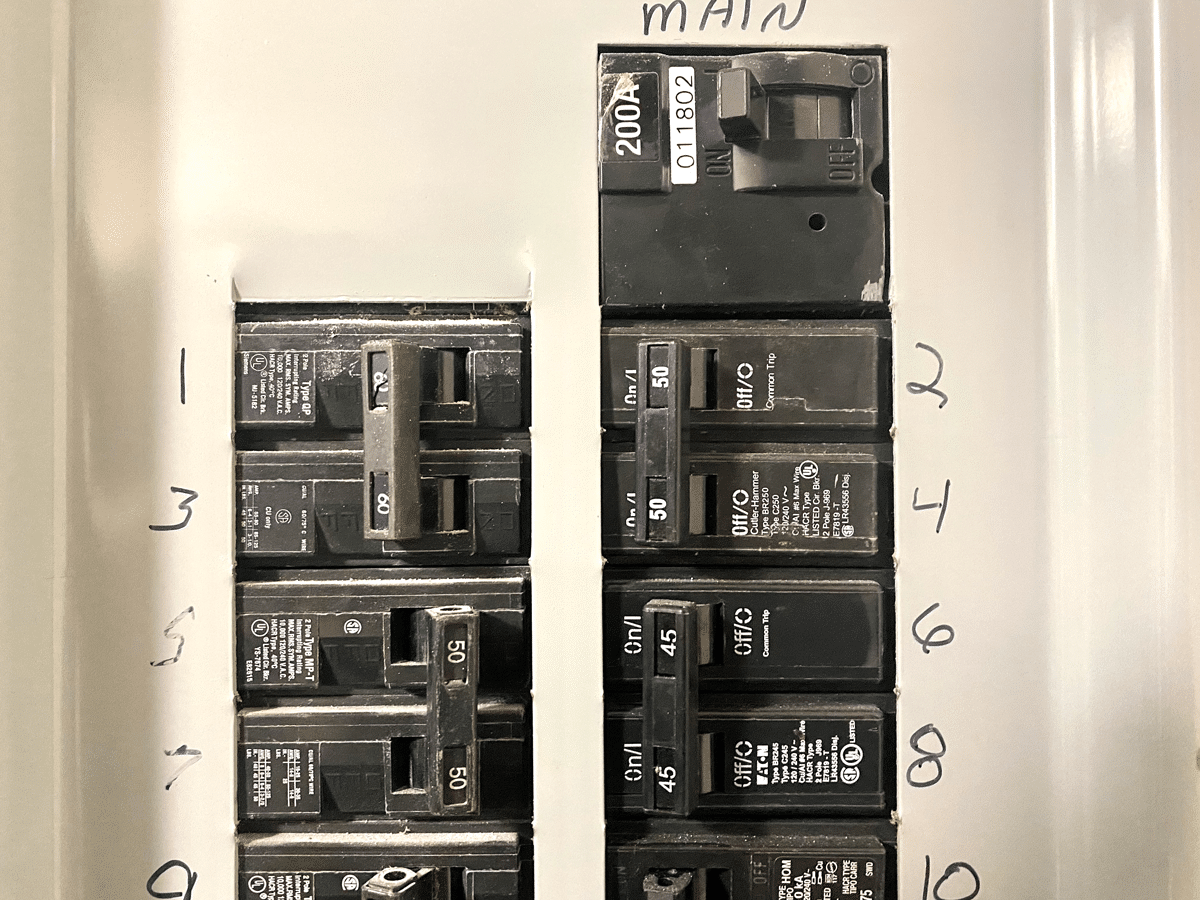

0 thoughts on “Where Are Circuit Breakers Located”